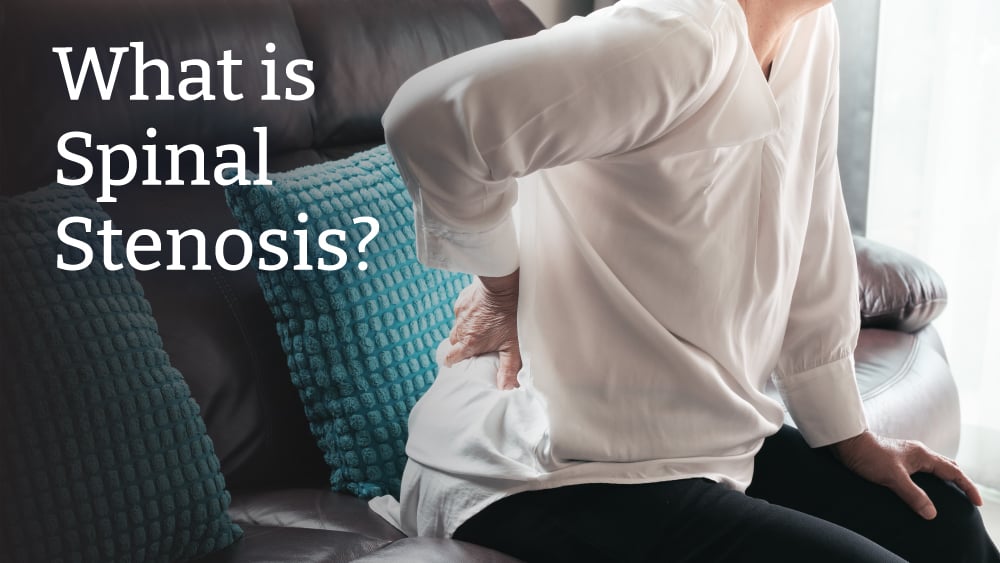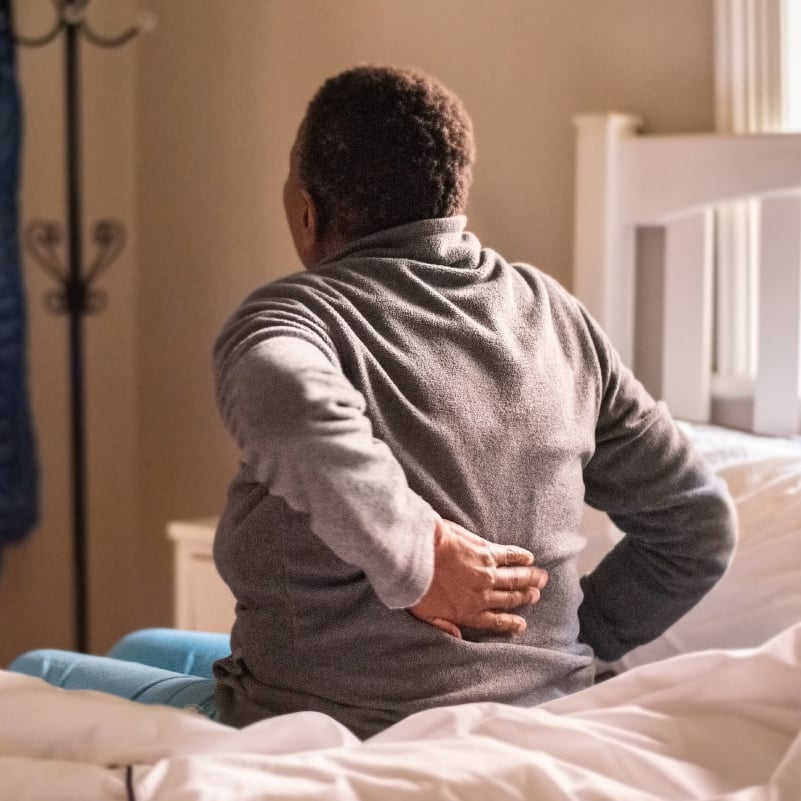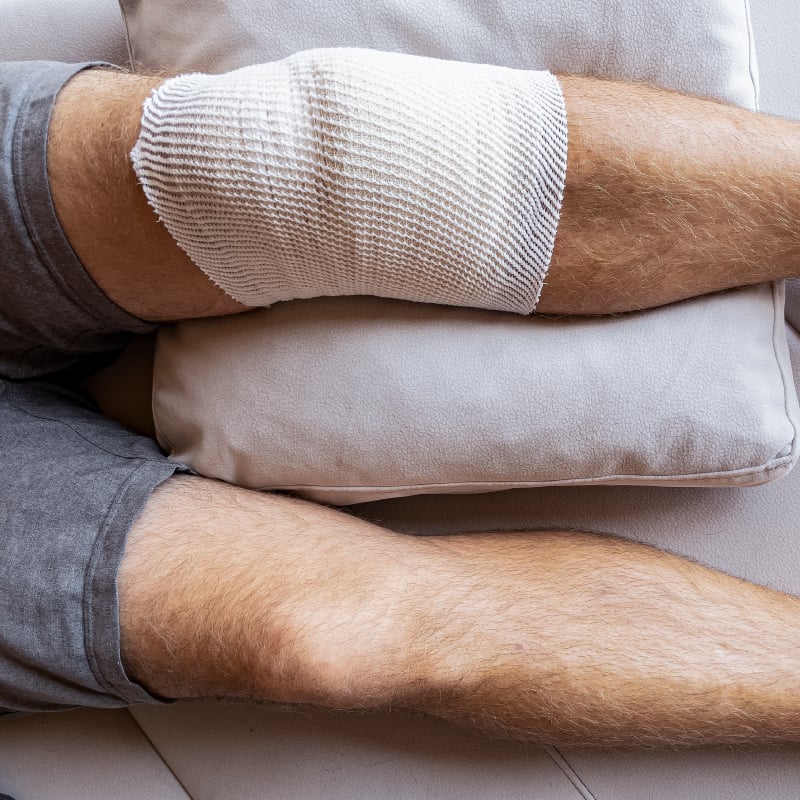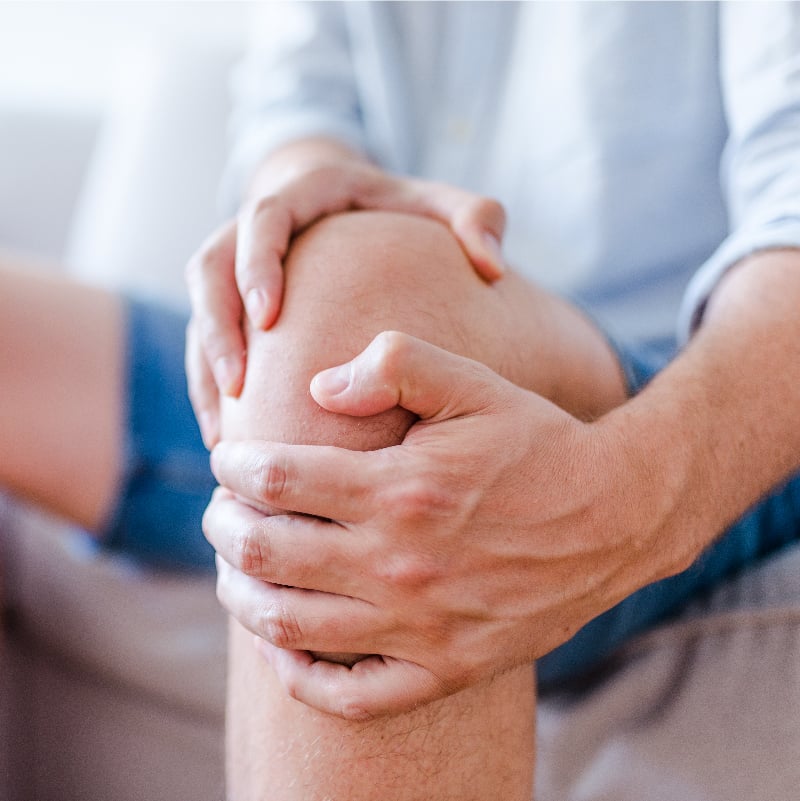Spinal stenosis is the compression of spinal cord and nerve roots throughout the spine, causing pain and discomfort in various areas of the body. Regardless of the severity, the condition can be disruptive and frustrating for those who suffer from it.
Gordon Whitbeck, MD, an orthopaedic spine surgeon and traumatologist with Rochester Regional Health, discusses the common causes, symptoms, and treatments.
What is spinal stenosis?
Most often occurring in the lower back and neck, spinal stenosis is a condition in which one or more spaces within your spine begin to narrow. Narrowing of these spaces can put pressure on the nerves that travel through the spine, leading to irritation, and pain in various locations.
Spinal stenosis can occur anywhere in the spine, but most commonly occurs in the neck (cervical stenosis) or the lower back (lumbar stenosis).
“Anyone can develop spinal stenosis, but it’s most common in people over 50 years old. Younger people who are born with a narrow spinal canal can also develop the condition," said Dr. Whitbeck.
“Those with conditions that affect the spine, such as scoliosis, have a greater risk of developing spinal stenosis.”
What are the symptoms of spinal stenosis?
Since the narrowing of the spine is a slow process, many people don’t experience symptoms when spinal stenosis first develops. Symptoms tend to vary depending on the troubled area, and often differ from person to person.
Common symptoms of lumbar spinal stenosis:
- Pain in the lower back, usually a dull ache, tenderness, or a burning sensation.
- Sciatica, which is pain that radiates along your lower back, hips, and down each leg.
- Weakness or a heavy feeling in the legs.
- Cramping or pain in one or both legs that tends to ease when you sit down.
- Numbness or tingling in the buttocks, leg, or foot.
- In severe cases, loss of bladder or bowel control.
Common symptoms of cervical spinal stenosis:
- Pain in the neck.
- Numbness or tingling in the arm, hand, leg, or foot.
- Weakness in the arm, hand, leg, or foot.
- Clumsiness of the hands.
- Balance issues or walking difficulties.
- In severe cases, loss of bladder or bowel control.
Can spinal stenosis cause paralysis?
Spinal stenosis does not usually cause paralysis. However, if a spinal nerve or the spinal cord is compressed for an extended time, permanent numbness or paralysis is possible. If you experience any numbness or weakness in your arms or legs, it’s important to contact an orthopaedic spine surgeon immediately.
What causes spinal stenosis?
Spinal stenosis is caused by any change in the structure of the spine that leads to the narrowing of spaces throughout the spine. Dr. Whitbeck outlines five of the most common causes of spinal stenosis.
-
Bone overgrowth or arthritic spurs
Osteoarthritis is a condition that breaks down the cartilage in the joints, including the spine, causing bones to rub against each other. This can lead to the formation of bone spurs—an overgrowth of bone.
Bone spurs on the vertebrae extend into the spinal canal, narrowing the space and pinching nerves in the spine, leading to spinal stenosis. Paget’s disease, a bone disease that usually affects adults, can have similar outcomes.
-
Bulging disks or herniated disks
Between each vertebra, there is a vertebral disk, which is a soft, cushioning pad that acts as shock absorbers in the spine. As people age, these disks can dry out or wear down, and any cracks in the disks may allow some of the soft inner material to escape and press to the spinal cord or nerves.
-
Thickened ligaments
Ligaments are fibrous bands that hold the bones of the spine together and can thicken over time due to conditions like arthritis, sometimes bulging into the spinal canal space.
-
Spinal injuries
Car accidents and other trauma can cause fractures or dislocations within the spine. Any dislocation or inflammation can narrow the spinal canal space and/or put pressure on the spinal nerves. Swelling of nearby tissues after back surgery can also cause spinal stenosis.
-
Spinal cord cysts or tumors
Abnormal growths can form within the spinal cord, causing the space between the spinal cord and vertebrae to narrow.
Diagnosing spinal stenosis
If you’re experiencing symptoms of spinal stenosis, contact an orthopaedic spine surgeon for an examination. A physician can review symptoms and order any necessary tests to help determine the cause of your symptoms, such as X-rays, an MRI, or a CT/CT myelogram.
Such tests can reveal areas of the spine to determine if any discomfort is caused by spinal stenosis, something else, or if further testing is necessary.
Could your pain be due to a herniated disk?Treating spinal stenosis
Patients can work with their orthopaedic spine surgeon who can help determine the best treatment plan based on each patient’s health. From self-care remedies to physical therapy, to in some cases, surgery; there are a variety of treatments for spinal stenosis.
If symptoms are very mild, there are some remedies that patients can adopt at home to help relieve pain. Applying heat can help relieve pain, applying cold can relieve inflammation. Sometimes, daily, mild exercise is a helpful way to improve symptoms.
“Avoid home remedies before speaking with an orthopaedic specialist to determine a diagnosis. Only use remedies that your physician recommends to you, as to avoid making any condition worse,” said Dr. Whitbeck.
Non-surgical treatments for spinal stenosis:
- Oral medications
- Physical therapy
- Steroid injections
- Decompression procedure
When is spinal stenosis surgery considered?
If all other treatment options fail, an orthopaedic surgeon may consider surgery. If a patient is experiencing intolerable pain, extreme difficulty maintaining balance or walking, or they have lost bowel or bladder control, a physician will often suggest surgical treatment.









